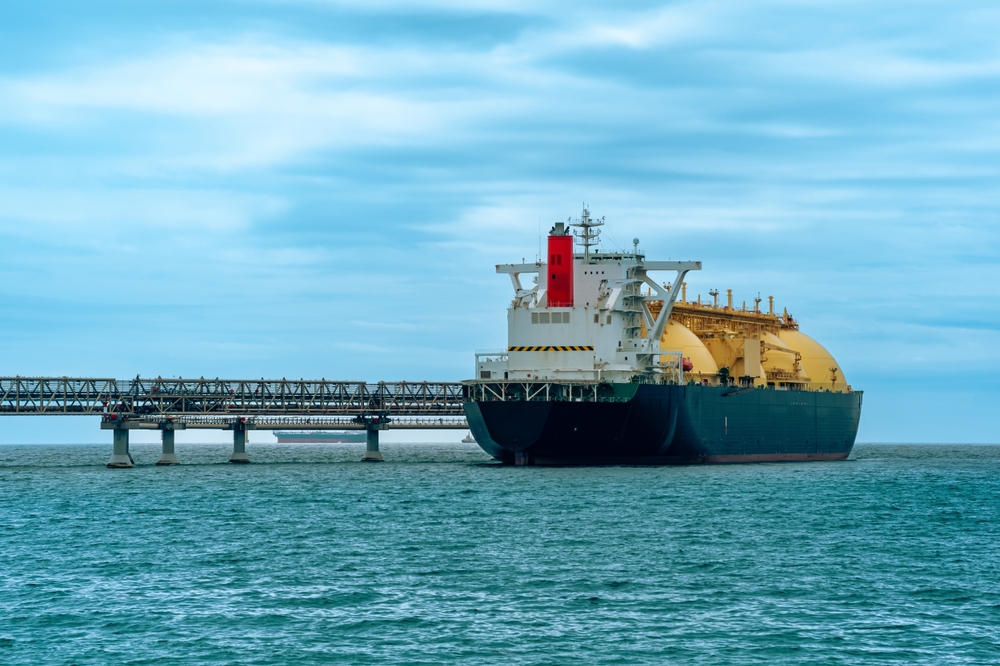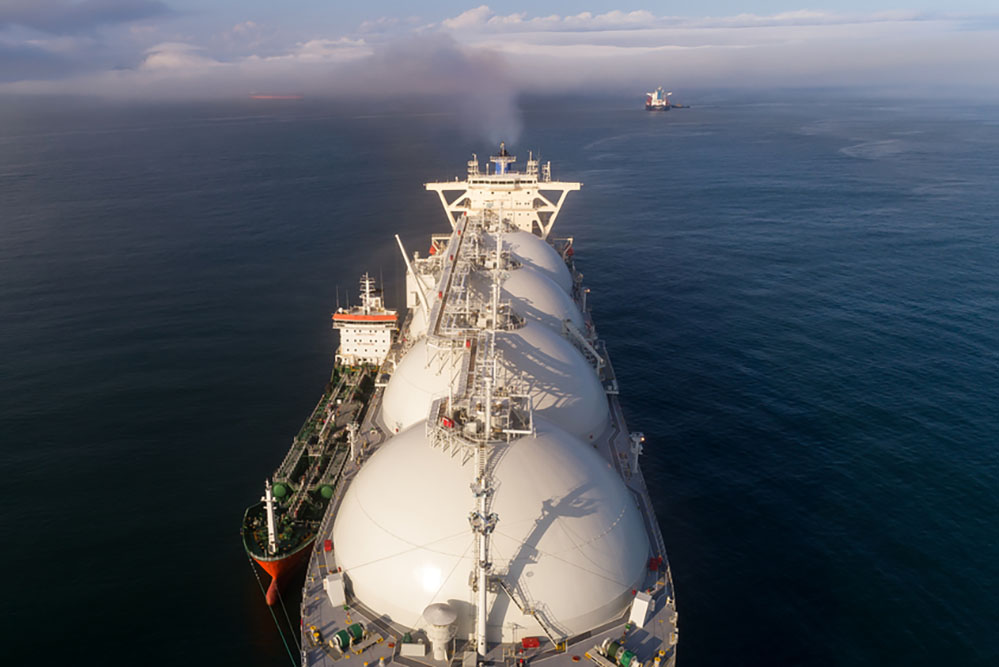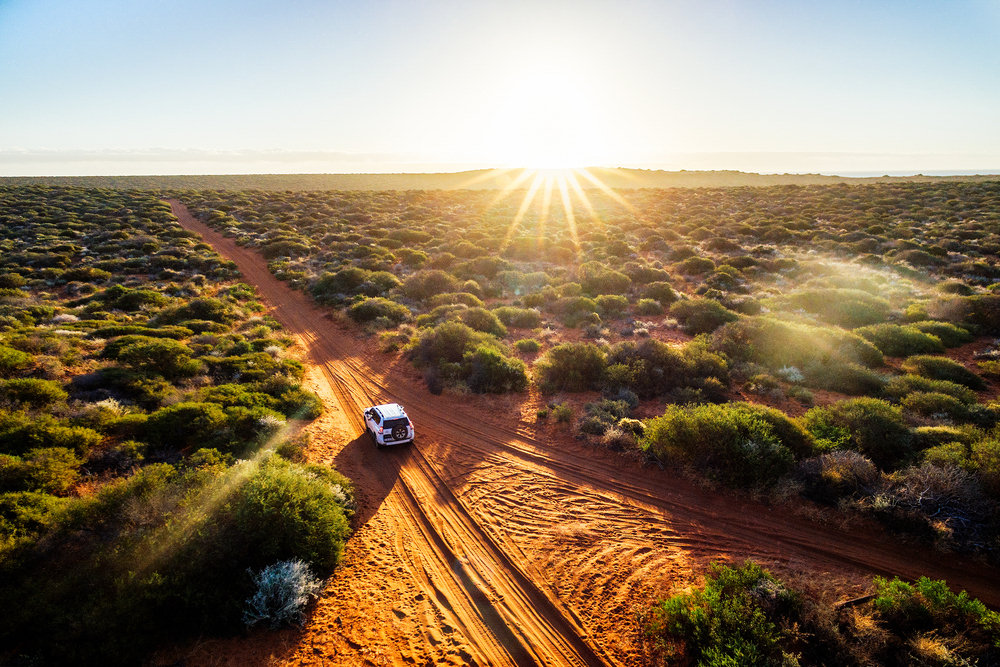
According to the latest report by EnergyQuest, there has been interest in a possible Australian windfall profits tax amid claims that east coast gas producers have been making huge profits.
“The reality is that over the last 10 years investing in east coast gas development and production has been a financial disaster. Santos is only now recouping its losses and Origin and Arrow Energy still have cumulative losses,” the report states.
Treasurer Jim Chalmers has been reported to say the global energy shock has reinforced the need to intervene to reduce power prices, but an extra tax on gas and coal exports is not the government’s preference.
“That is a relief. Argentina is a well-known example of a country that inflicts self-harm by taxing exports of the commodities in which it has comparative advantage,” EnergyQuest says.
“Although there is a strong push for gas price regulation, there are complexities and challenges in every direction, as the Treasurer himself has acknowledged.”
EnergyQuest notes the aim is to reduce gas and electricity prices, however international gas prices are falling anyway. Electricity prices have also fallen in Australia’s national energy market (NEM).
“Short term east coast gas prices have also generally fallen in November close to $10/GJ. The calls for government intervention have been sparked by federal budget forecasts of big increases in electricity and gas prices but this is a fastmoving unpredictable situation, adding to the risks of increased regulation. The scary forecasts may well turn out to be wrong.”
Queensland short-term domestic gas prices in October were lower averaging $18.98/GJ ($20.77/GJ in September) at Wallumbilla and $19.41/GJ ($20.95/GJ) in Brisbane compared to those in September.
Southern short-term domestic gas prices in October were also lower compared to those in September averaging $20.23/GJ ($21.65/GJ) in Adelaide, $19.34/GJ ($20.66/GJ) in Sydney and were steady compared to those in September averaging $19.08/GJ ($19.05/GJ) in Victoria.
In October, Australian LNG projects shipped over seven million tonnes, with the same number of cargoes (104) as in September.
According to the report, it is estimated that Australian LNG export revenue increased significantly in October to a new record of $10.6 billion, up from a record $10.2 billion in September and up by 82 per cent on October 2021.
Western Australian projects earned export revenue of $6.4 billion, Queensland projects $2.9 billion and Northern Territory projects $1.3 billion.
Compared with September, Australian projects delivered three more cargoes to North Asia (China, Korea and Japan) in October. There were no cargoes delivered to Europe.
West Coast and East Coast shipments remained steady at 5.2 Mt and 2 Mt, respectively, in October.
East coast electricity demand increased by 2 per cent in October compared with a year earlier. Power generation in October from coal decreased month on month, with generation down by 53 GWh from a year earlier, and down on September. The coal share of NEM generation fell to 59 per cent, down from 60 per cent a year earlier. Gas’s overall share of the market increased slightly to 4.6 per cent from 4.2 per cent a year earlier.







